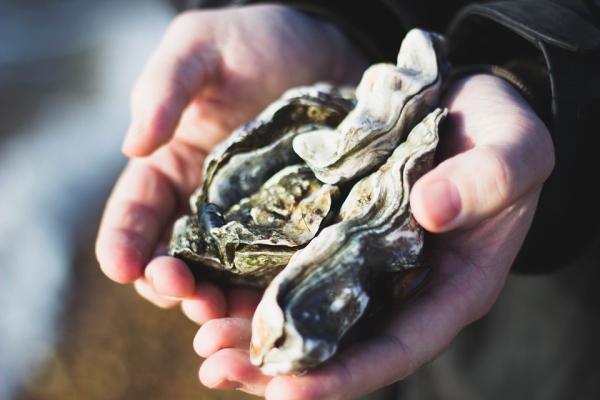Generations from now, will people still jam into beachside food stands for clam rolls and splurge on trays of oysters at swanky restaurants — or will clams, oysters and many other mollusk species soon become victims of human-driven climate change?
A paleontologist at the University of Kansas Biodiversity Institute and Natural History Museum believes an answer can be found in the 3 million-year-old fossil record of mollusks in the Western Atlantic, encompassing hundreds of species, both living and extinct.
“A key thing about looking back 3 million years ago is we have really good knowledge of the climate then, and it was quite a bit warmer — and in fact those are the conditions that we expect to reach due to human-induced climate change,” said Bruce Lieberman, professor of ecology & evolutionary biology and senior curator at the Biodiversity Institute. “We can use the 3 million-year-old interval as a model for what climate will be like 200 years from now. And we're asking the question, ‘What’s distinctive about the species that survived, and those that didn’t?’ That's going to allow us to predict what's going to happen, who's going to survive, and who's going to go extinct over the next two centuries.”
To better understand the future of these vital organisms, Lieberman will lead a new $2.4 million project supported by the National Science Foundation’s Biodiversity on a Changing Planet program, with about $880,000 coming to KU. Other key researchers include KU Biodiversity Institute research affiliates Erin Saupe of Oxford University and Luke Strotz.
Read more at University of Kansas
Photo Credit: StockSnap via Pixabay


